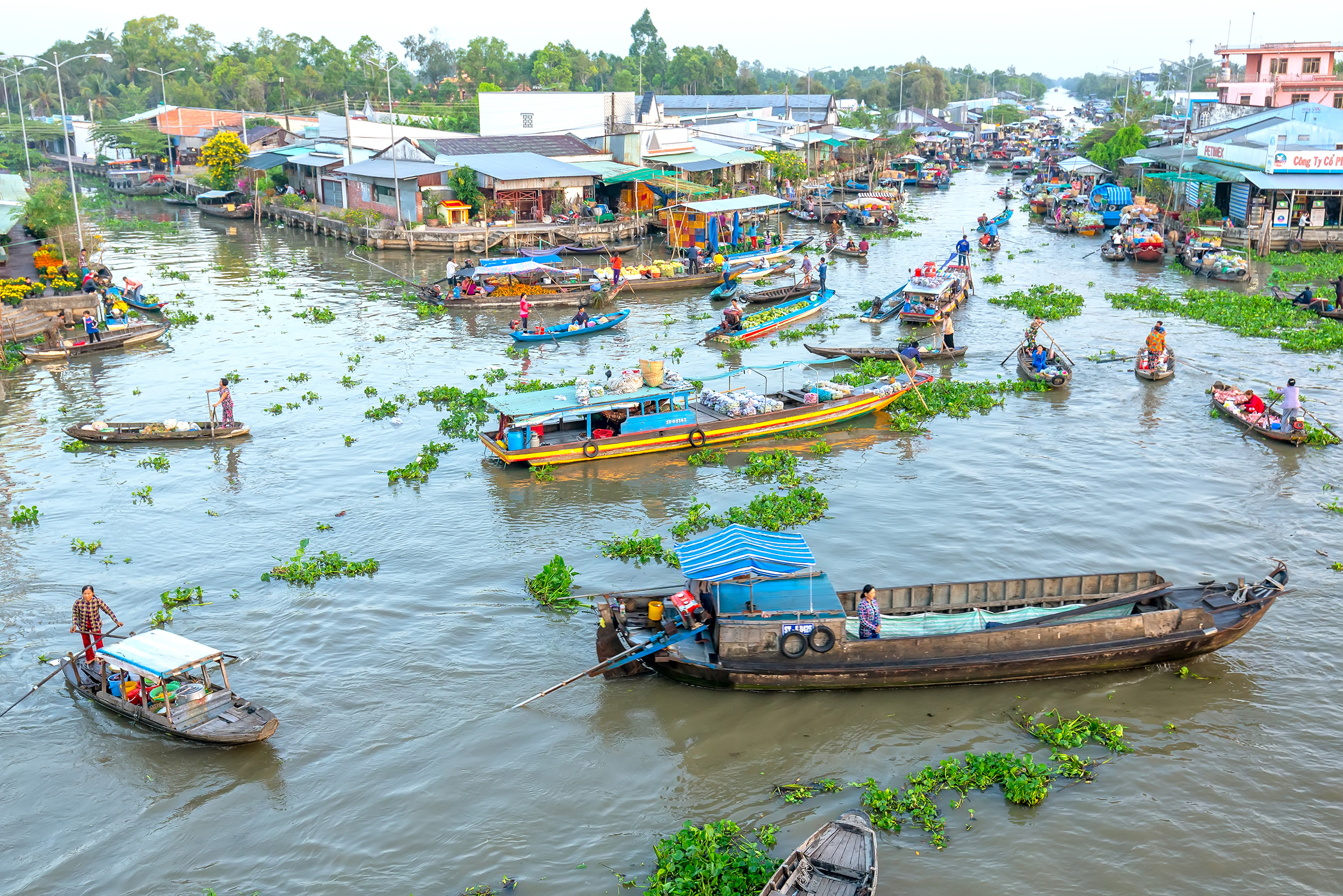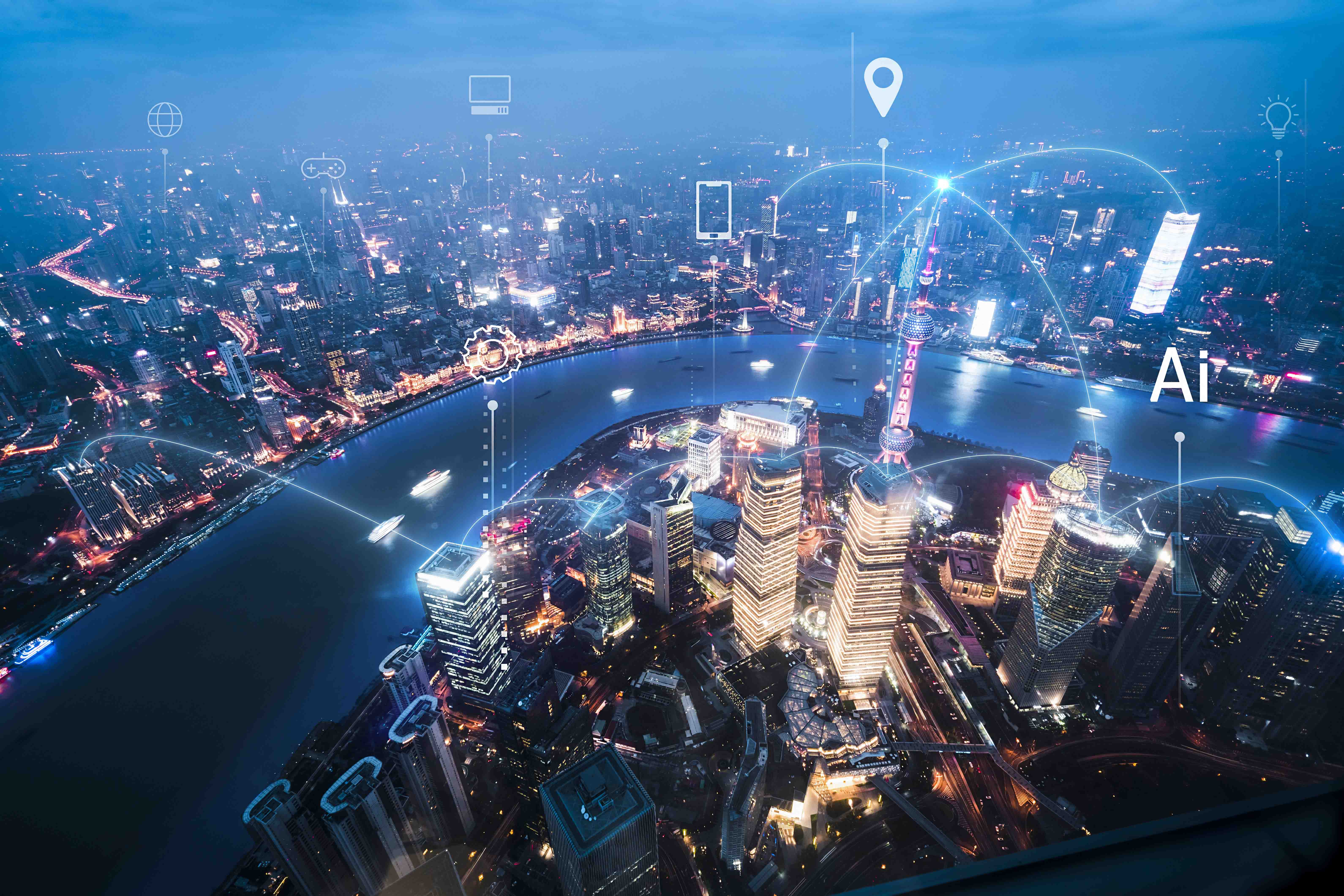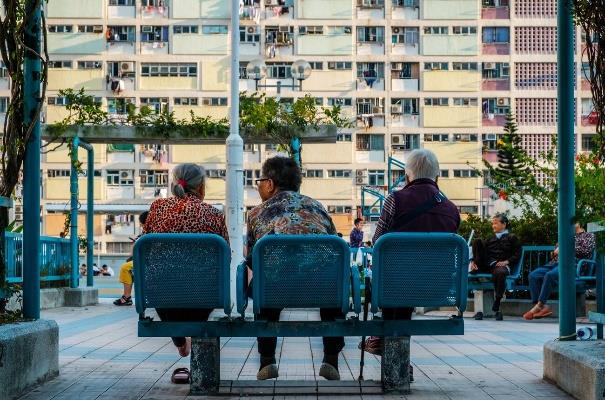Most car parks don’t have aquariums. But that didn’t stop an octopus from being spotted amidst the sedans and SUVs in a Miami episode that went viral in 2016. It wasn’t a prank or some freak occurrence: the sea creature was taking advantage of the fact that Miami is being swallowed by the sea. So-called ‘sunny day floods’ are becoming increasingly common as rising sea levels send more water into the streets of the low-lying Florida metropolis.

The octopus was the perfect symbol for this alarming trend in the eyes of environmental law scholar Rob Verchick, whose 2023 book Octopus in the Parking Garage: A Call for Climate Resilience outlines what it will take to adapt to climate change. Because it really is a matter of adaptation. Climate scientists agree that, even if we manage to reduce carbon emissions, it’s already too late to go back to the way things were. We can prevent future catastrophe, but we must deal with the one already taking place.
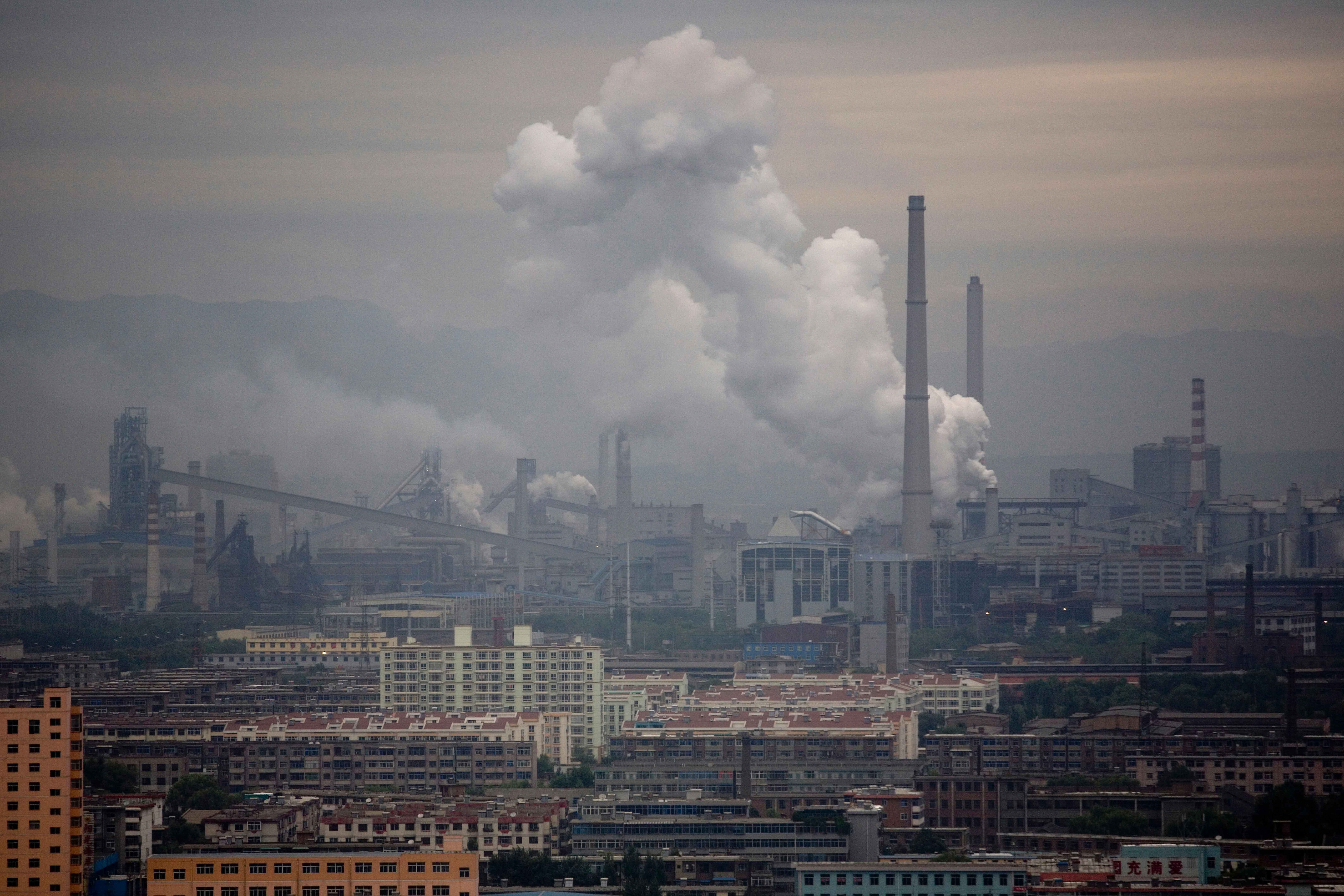
For a growing number of architects and designers, that means coming to terms with an increasingly watery future. Sea levels are rising and so are episodes of extreme rain, like the series of downpours that submerged parts of several provinces in China earlier this year. But the history of coastal communities in Asia offers inspiration for the future.
When the British first laid claim to Hong Kong in 1841, they counted 7,450 people living on the island — and 2,000 living offshore in boats. Boat people descended from the indigenous ethnic groups of southern China had been living in the area’s waters for thousands of years, echoing similar floating communities in Southeast Asia. As Hong Kong grew, so did the number of people living on boats, reaching 40,000 by the early 1980s. The city’s typhoon shelters functioned as floating villages with markets, restaurants and temples, along with less salubrious establishments that catered to shore dwellers.
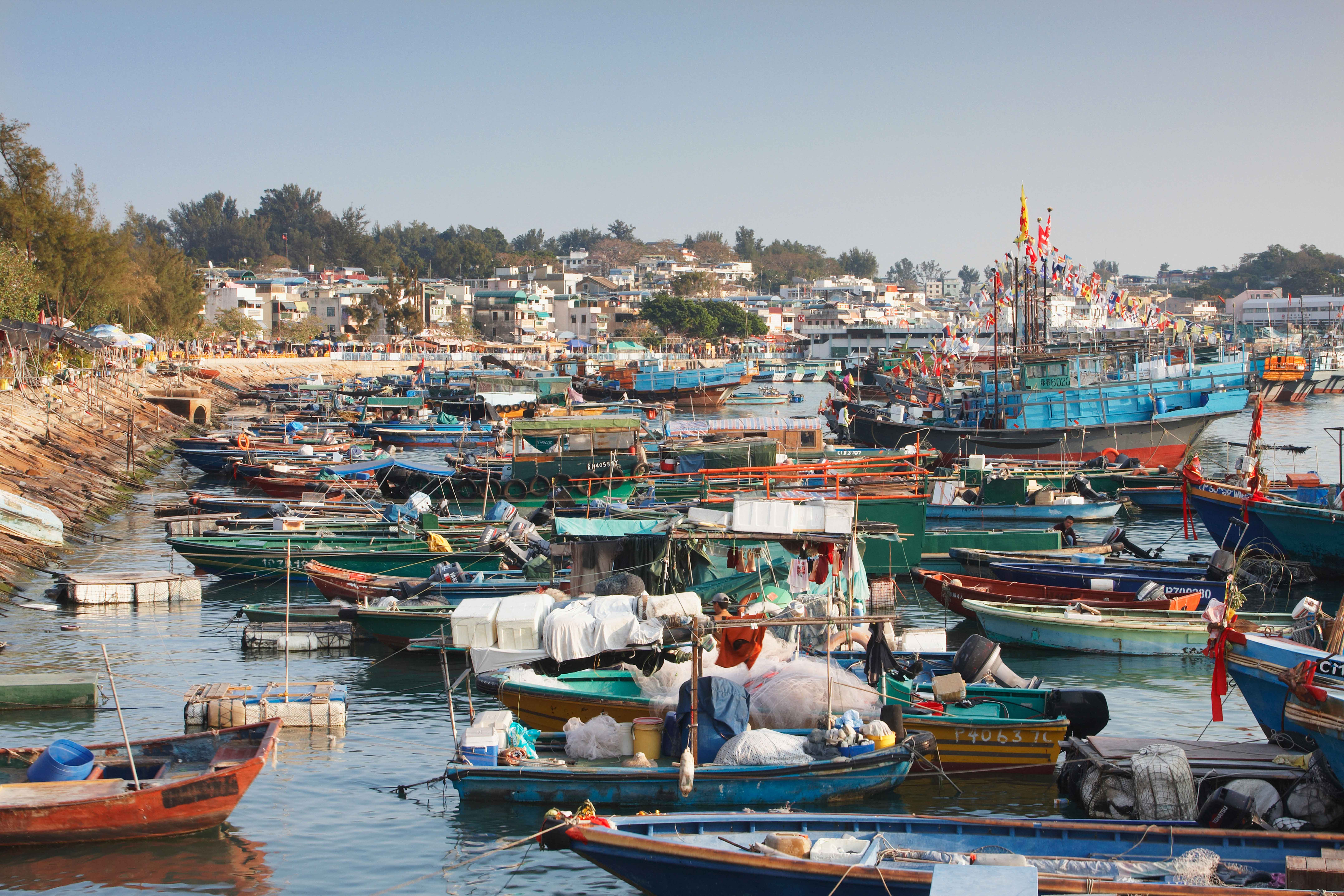
Living conditions on the boats were not ideal: there were no sewerage facilities and the densely packed vessels were vulnerable to fire. But they were testaments to the fact that it is indeed possible to live in harmony with the water. Today, work is underway on a new generation of floating cities across Asia. In Busan, the United Nations Human Settlements Programme is working with tech firm Oceanix and architects from the Bjarke Ingels Group to build a floating city that will be home to 12,000 people. The project will make use of modular platforms that can be infinitely expanded, according to its backers. Construction is expected to finish in 2028.
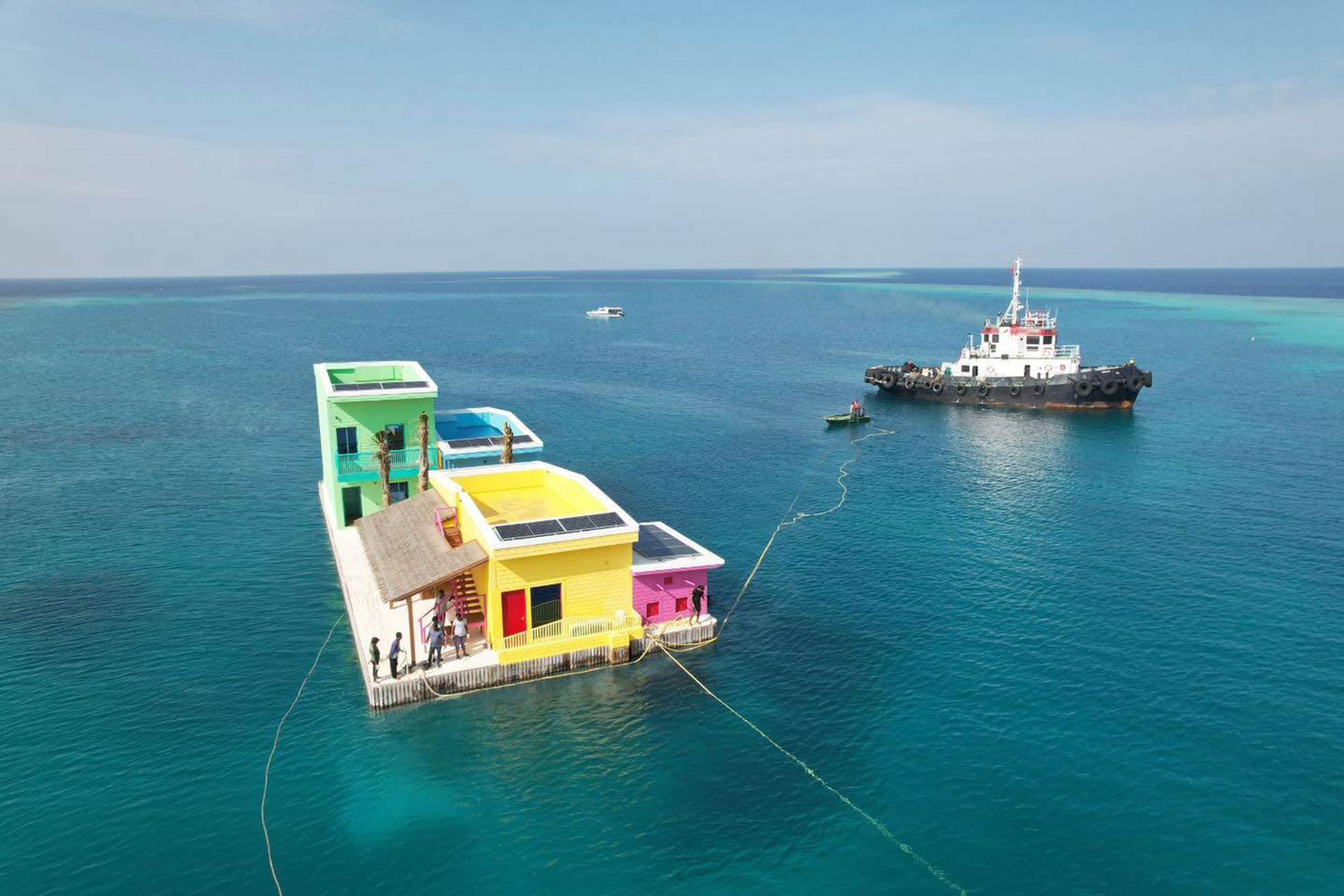
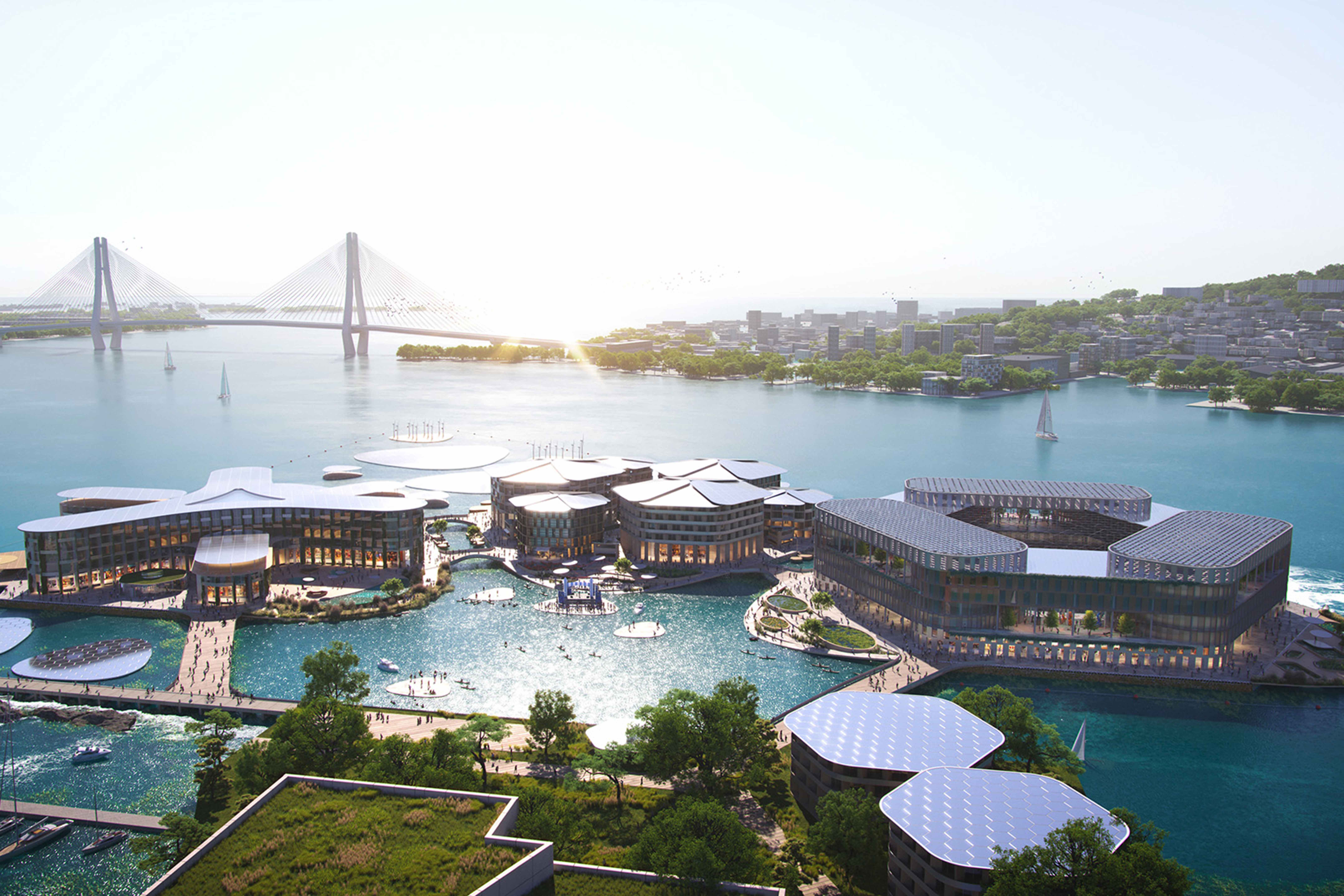
Almost 7,000 kilometres away, the Maldives offers a preview of how Oceanix Busan could unfold. For more than a decade, Dutch architect Koen Olthuis has been studying how to design floating cities that embrace rising sea levels rather than fighting against them. He is now putting that into practice in a new neighbourhood of 5,000 modular, mass-produced houses and apartments that ride the waves in the Indian Ocean republic. ‘Do you fight against the water or do you live with the water?’ Olthuis asked in 2023. His answer is clear: the first residents are set to move into the Maldives project in 2025. But Asia has many coastal cities, Hong Kong among them. Could these or other projects provide the model we need?

